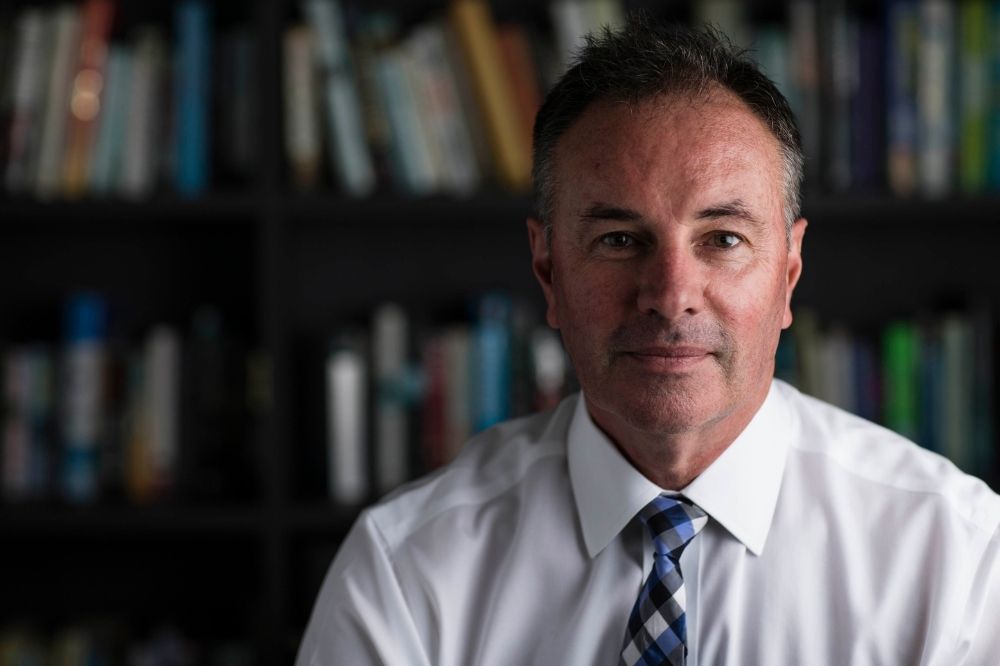nib NZ chief lifts the lid on claims numbers

“Medical professionals within the First Choice network agree to provide our members with services and treatment within a determined price range, which helps us to tackle the huge differences in surgical costs we see across the country. In turn, this helps to better manage claims costs and keep premiums affordable for all members while also meaning members don’t have any unexpected out-of-pocket cost for treatment.”
Members, meanwhile, can still opt for a healthcare provider that is not part of nib’s First Choice network. A gap payment, however, may have to be made to cover the difference between what the provider charges and what the insurer has set as the efficient market price.
In the six months to December 31, 2021 (1H22), nib New Zealand saw a 17.2% increase from 1H21 in claims incurred. The rise was partly attributed to a 12.3% jump in claims inflation. It was noted, as well, that there was an 11.1% utilisation on both medical and surgical claims in the period.
For the half-year span, nib New Zealand also observed a 4.1% improvement in its number of policyholders – from 118,229 to 123,040. This contributed to the 13.8% growth in the company’s premium revenue.
For the full year, nib holdings limited managing director and CEO Mark Fitzgibbon expects the number of policyholders to grow at a similar rate of between 3% and 5%.
Meanwhile Hennin, who said consumers are taking more responsibility for their own healthcare needs, highlighted: “The pandemic has continued to disrupt healthcare treatment across the country, but we know that most of this treatment is simply postponed [and] not cancelled entirely. To account for this, we’ve increased our deferred claims liability to $3.5 million to ensure we can meet anticipated future claims.
“The deferred claims liability is an accounting provision designed to reflect the cost of medical treatment that has been delayed or postponed due to COVID-19. It is assessed each month where we may increase or release some or all of it, depending on the claims experience that we see.”
The extra funds will serve as a buffer as claims essentially “catch up” in the second half as a consequence of the lockdowns.
Additionally, nib New Zealand’s ongoing enhancements in terms of member claim experience – and the broader member journey – appear to be proving to be beneficial.
“We’re always looking for new ways to support our members to make contacting us or making a claim as easy as possible,” said Hennin in an earlier pronouncement, “so it’s great to see these changes resonate with our members. We’ve also invested in core systems to refresh legacy platforms and add new functionality to drive further efficiency.”
In February, nib New Zealand chair Tony Ryall stated: “We’re focussed on our P2P (payer-to-partner) strategy of personalising the member experience by putting in place programmes that equip our members to better manage their health and, in turn, prevent the development of more serious issues in the future.
“Pleasingly, we’re seeing increased participation in our population health programmes by both iwi and nib members, including our bowel screening programme which aims to address the high levels of bowel cancer in New Zealand, and the lack of a robust national screening programme. The free bowel screening kit has already helped members identify and seek treatment earlier than they would have otherwise.”
In 2021, as reported by the Financial Services Council (FSC), a further 30,000 took up health insurance to bring the total to 1.4 million people in New Zealand. During the year, the health insurance sector made nearly $1.5 billion in claims payments.
“We may again see a delay in non-urgent services and elective surgeries as Omicron bites and our health system comes under renewed pressure,” said FSC health committee co-chair Lance Walker last month, “but the private health sector has shown its resilience and ability to increase activity to treat customers quickly after COVID-19 waves.”





